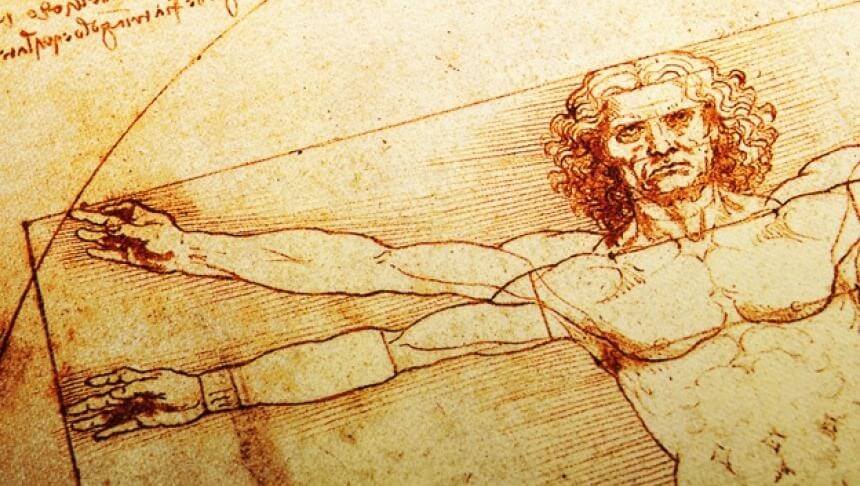After the Middle Ages – a truly critical period for science – the Renaissance witnessed a tremendous advance in science.
Geography, astronomy, chemistry, physics, mathematics and medicine – all these areas have shown remarkable progress. But who were the people behind the scientific revolution of the Renaissance, the greatest scientists of that time?
The Danish Tycho Brahe has revolutionized astronomy. Born in Denmark, Tycho Brahe was known, even during his lifetime, as a great astronomer, astrologer (at a time when astrology was considered a respectable science) and alchemist.
Brahe’s contributions to astronomy were downright remarkable. Brahe accurately observed and measured the planetary motion, observed and cataloged more than 800 stars, designed and built astronomical instruments.
Unlike his predecessors, Tycho Brahe observed not only the planetary positions, but he also fully analyzed their orbital motions, observations without which, for example, Kepler wouldn’t have discovered that planets move, travel in elliptical orbits.
Nicolaus Copernicus is the founder of the heliocentric theory. Copernicus, a Polish mathematician and astronomer, developed the theory according to which the Earth revolves around the Sun and not vice versa.
It was one of the most important steps forward in the history of science, an important contribution to the Scientific Revolution. An encyclopedic based scholar, Copernicus was a mathematician, astronomer, physician, diplomat and economist.
He was also learned in classical languages. However, he is better known today for his for his astronomical work (his remarkable contributions to astronomy). Copernicus was the astronomer who first contradicted the theory of geocentrism.
Leonardo Da Vinci, the greatest genius of the Renaissance. Perhaps the most famous scientist of the Renaissance, da Vinci was one of the greatest scientists in history, a true genius: he was a painter, sculptor, architect, musician, engineer, inventor, anatomist, cartographer, botanist and writer.
Many historians and scholars regard Leonardo as the prime exemplar of the “Universal Genius” or “Renaissance Man”, an individual of “unquenchable curiosity” and “feverishly inventive imagination”.
Among his works, the “Mona Lisa” and “The Last Supper” are the most famous. Through its numerous inventions, da Vinci has made substantial and significant contributions to science and engineering.
Galileo Galilei, the father of observational astronomy and the father of modern physics, was confronted with the Inquisition in the name of science. Follower of Copernicus, the Italian Galileo Galilei – astronomer, engineer, philosopher and mathematician – discovered the moons of Jupiter, made a series of sunspot observations and was tried by the Inquisition for heresy and for being a supporter and defender of the heliocentric theory.
Johannes Kepler – mathematician, astronomer and astrologer – formulated and confirmed the laws of planetary motion. During his career, Kepler was a mathematics teacher and later he became an assistant to astronomer Tycho Brahe. He also did fundamental work in the field of optics, developing an improved version of the refracting telescope (the Keplerian Telescope).
The term “Scientific Renaissance” designates the early phase of the Scientific Revolution, 1450–1630. The Scientific Revolution of the Renaissance was accelerated after the Fall of Constantinople in 1453, when many scholars – and many ancient scientific texts – have migrated to the West.
Then, the advent of the printing press has contributed to a easy and quick spread of the new scientific texts, which could now circulate more quickly between European universities, where scientists were working.
